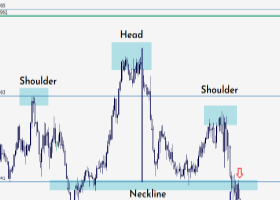
Dollar, Indices, Gold: Ahead of the Federal Reserve meeting
Next week (July 25–26), the Federal Reserve will hold its regular meeting, and market participants expect a rate hike despite the earlier published U.S. macro statistics. Previously, in Congress and then at the ECB Forum, Fed Chairman Jerome Powell confirmed the central bank's inclination to continue fighting the still-high inflation, stating that it would be "appropriate to raise rates again this year and possibly twice more." At the same time, the minutes of the June meeting published last week indicated that the Fed officials expressed support for further tightening of monetary policy, although this would depend on incoming macro data. Inflation in the U.S. is slowing down—that's a fact. But it is slowing down not only in the U.S. but also in all economically developed countries worldwide, whose central banks, like the Fed, are currently implementing a rather tight monetary policy. However, if both the Fed and the largest central banks worldwide simultaneously, or at least synchronously, start transitioning to a reverse process, gradually slowing the pace of tightening, then in this situation, the U.S. dollar may regain an advantage, considering the relatively greater stability and strength of the American economy.
If the Federal Reserve leaders surprise the market and do not raise the interest rate at the July meeting or announce a pause in the rate hike cycle until the end of the year, then we should expect an acceleration in the growth of U.S. stock indices, primarily the major ones such as NASDAQ100, DJIA, and S&P 500.
*) see also:
- https://www.instaforex.com/forex_analysis/349450?x=PKEZZ
- channel - https://www.mql5.com/en/channels/fxcryptotrader
- “Technical Analysis and Trading scenarios" -> Telegram - https://t.me/traderfxcrypto


